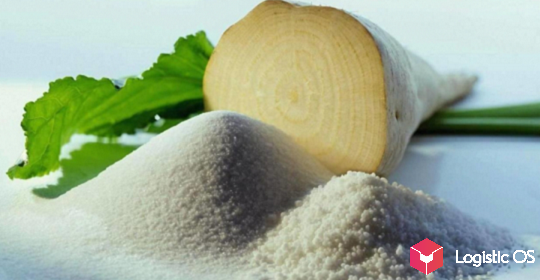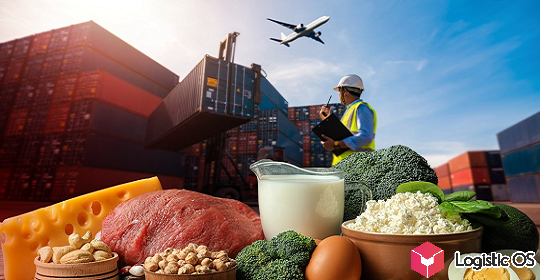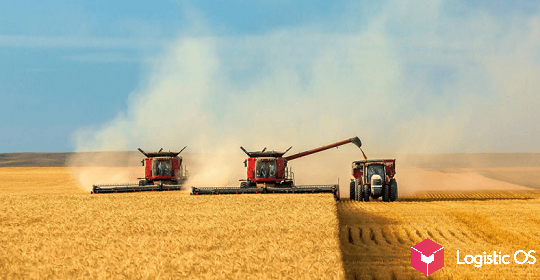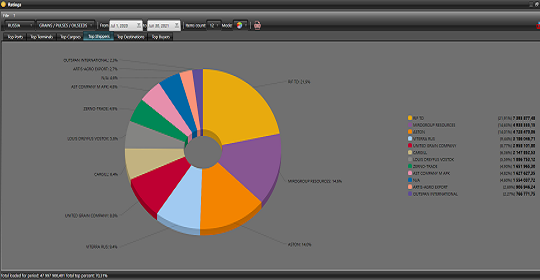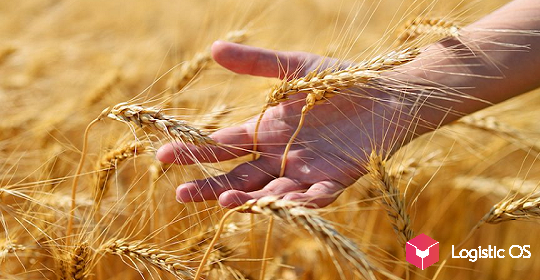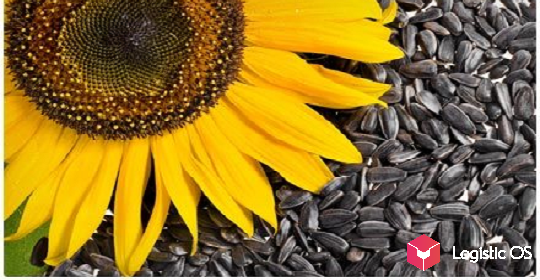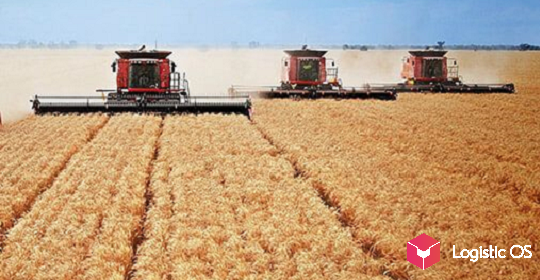Some regions have started harvesting a new crop (meeting of the operational headquarters of the Ministry of Agriculture of Russia).
Full commissioning of all capacities is scheduled for 2022. Investments will amount to about 1.8 billion rubles.
What are the main reasons?
These companies sent abroad about 67% of the total grain volume through the seaports of Russia.
Competition with other suppliers has played a role.
Steps taken and prospects of the company.
More wheat was exported in June than in the previous three months combined.
The duty will be increased to 50% and will be at least $ 320 per ton.
Last year, the region became the leader in Russia in terms of grain and leguminous crops harvest.
Investment in the project will amount to 1 billion rubles.
